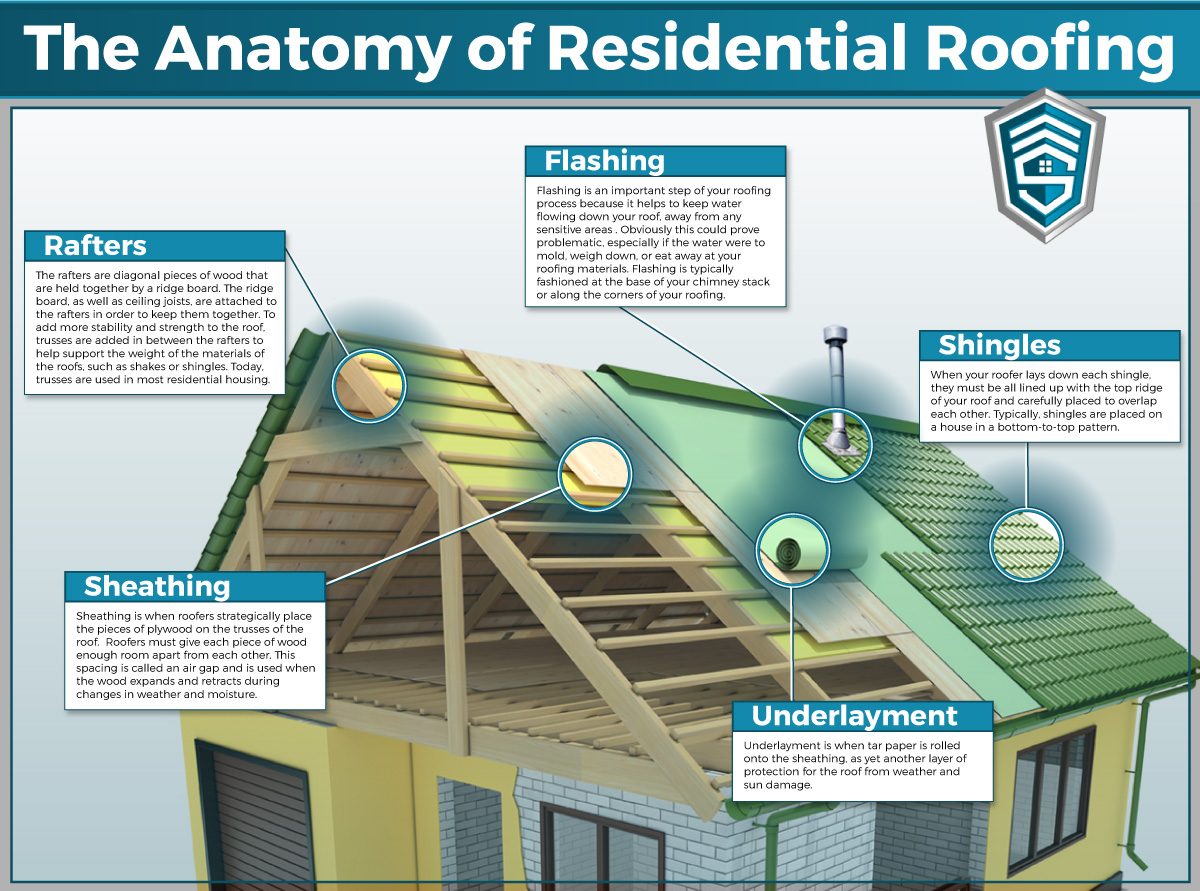Understand Exactly How Numerous Weather Affect Your Roof Covering Installment To Guarantee An Effective End Result
Understand Exactly How Numerous Weather Affect Your Roof Covering Installment To Guarantee An Effective End Result
Blog Article
Team Author-Dam Hedegaard
When it pertains to roof covering installments, the weather condition can make or break the work. Visualize the aggravation of handling products that will not cooperate as a result of extreme warmth or fighting slippery surfaces caused by unforeseen rainfall. Understanding the influence of weather on your roofing job is vital for an effective end result. So, let's check out exactly how various climate components can influence the quality and toughness of your roofing system installment, guaranteeing a work well done.
Impact of Temperature on Roofing System Setup
When it comes to roof covering setup, temperature level plays a vital duty while doing so. The excellent temperature for roofing projects usually falls in between 45 and 85 levels Fahrenheit. Severe warmth can create materials like roof shingles to become also flexible, resulting in potential damages throughout setup. On the other hand, chilly temperatures can make materials weak and vulnerable to breaking. It is necessary to schedule roofing system installations during moderate temperature levels to make sure the most effective outcome.
Throughout cooler weather, specialists may require to take additional safety measures such as utilizing warmed equipment or allowing materials to warm up before installation.
On the other hand, hot weather might require work to be done previously or later in the day to stay clear of the peak temperatures. By taking into consideration the temperature and its effects on roof products, you can aid ensure a successful setup that will certainly withstand the aspects for many years to find.
Impact of Precipitation on Roof Projects
Roof covering jobs can be substantially impacted by precipitation, influencing both the timeline and the high quality of the installment. Rain or snow can develop slippery problems, making it harmful for roofing contractors to work with a wet surface area. Furthermore, moisture can jeopardize the bond of materials like shingles or underlayment, leading to prospective leakages or damages in the future.
If it rainfalls throughout a roof job, the water can leak right into prone locations, triggering hold-ups as the installation team need to wait on the roof covering to completely dry before proceeding. siding contractors galveston tx can additionally advertise the development of mold and mildew, more endangering the stability of the roof.
To avoid these problems, it's suggested to arrange roof covering tasks throughout drier periods or keep track of the weather forecast carefully to intend about any type of potential rainstorms. By taking preventative measures to operate in beneficial weather, you can make sure a smoother and much more successful roofing system installment procedure.
Influence of Wind Speed on Setup Success
During roof setup, the speed of the wind plays a crucial role in identifying the success of the job. https://how-to-install-metal-roof28395.bloggosite.com/36423847/case-study-changing-a-home-with-a-new-roofing-system-prior-to-and-after-pictures-and-insights can pose considerable obstacles to roofing professionals, potentially bring about safety and security risks and top quality issues. When wind speeds exceed advised restrictions, it comes to be tough to take care of materials, boosting the threat of mishaps and damages to the roof covering products. Solid gusts can also influence the accuracy of dimensions and the accuracy required for appropriate setup.
To guarantee an effective roofing system installation, it's vital to monitor and take into consideration wind rates. Preferably, roof installment should occur on days with low to modest wind speeds. windows san antonio tx improves the safety and security of the workers however likewise boosts the general high quality of the setup.
Roofing tasks scheduled during calm weather conditions are more likely to be completed successfully and with fewer mistakes. By paying attention to wind speed projections and planning appropriately, you can assist make sure a smooth and successful roofing system installation process.
Conclusion
So, when it involves roofing system setup, keep in mind to consider the weather to make sure a successful work. Optimum temperature levels, dry problems, and moderate wind speeds are vital factors to prioritize for a smooth installation procedure. By arranging your task during the most effective seasons and suitable weather, you can attain a durable and resilient roof covering that will certainly shield your home for years to come.
